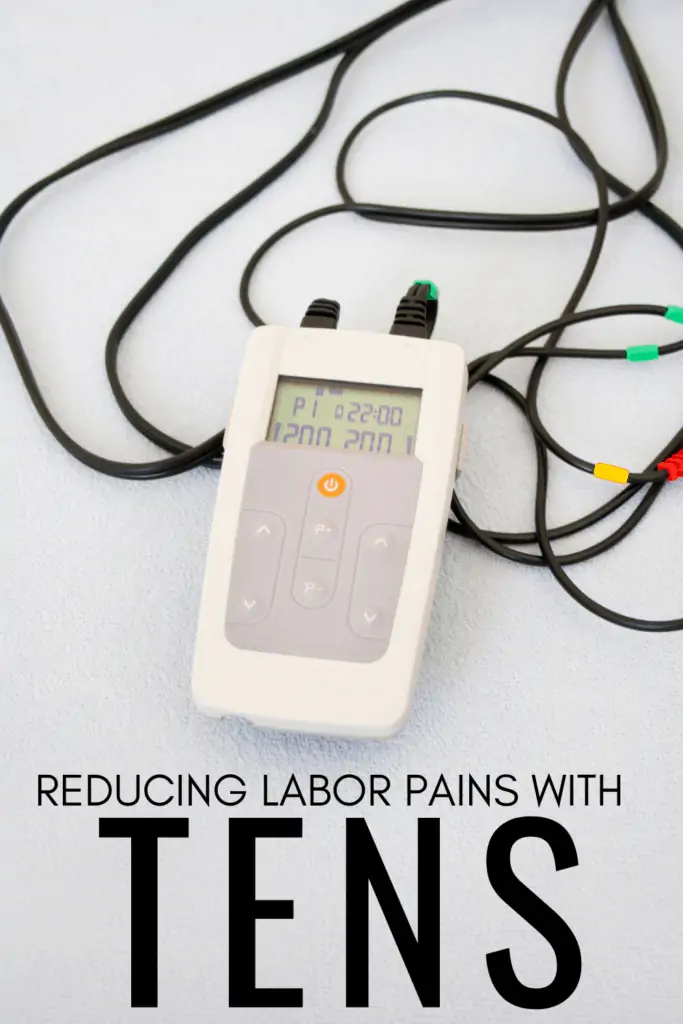
What Do The Numbers During a Cervical Check Mean?
Giving birth can be a nerve-wracking experience, and cervical checks can add to the anxiety. During labor, healthcare providers will perform cervical checks to determine the progress of labor. These checks measure three different things: dilation, effacement, and station. Each of these measurements gives insight into how far along you are in the birthing process and can help healthcare providers make decisions about interventions. In this blog post, we will delve into the details of these measurements and what they mean for you.
What Does Dilation Mean During a Cervical Check?
Dilation is the first thing that healthcare providers will check. It measures how open the cervix is, and it is measured in centimeters from 0 to 10 cm. If your cervix is dilated less than 4 cm, you are considered to be in early labor. At 4 cm, things start to pick up, and you are officially in active labor. When you reach 10 cm, it means that your cervix is fully dilated, and you can start pushing.
What Does Effacement Mean During A Cervical Check?
The next thing measured is effacement. This refers to how thin the cervix is, and it is measured in percentages from 0 to 100%. If you are 0% effaced, your cervix is thick and not ready for labor. As labor progresses, your cervix will thin out until it is 100% effaced, at which point you are ready to push.
What Does Station Mean During A Cervix Check?
Finally, station measures the position of the baby in the pelvis. The measurement is taken based on the ischial spines, which are bony protrusions on the pelvis. If the baby’s head is above the spines, they are said to be a negative station. If they are below the spines, they are a positive station. The highest negative station is -5, and the lowest positive station is +5. When the baby’s head is at 0 station, they are engaged in the pelvis and ready to be born.
Cervical checks can be uncomfortable, but they are an essential part of labor. These measurements help healthcare providers determine how labor is progressing and make decisions about interventions if necessary. Knowing what these measurements mean can help you feel more informed and confident during your birth.


















